Land and Nature - Final Images
- hannahcranshaw
- May 12, 2019
- 2 min read
Updated: May 29, 2019
For our final photo essay we have chosen six images which will be displayed in 2 sets of triptychs. The first focusing on the plastic themselves, the second looking at the action of clearing the beaches.
Triptych 1 - 'The Plastic'
Writing to go below each image (Left to right):
1. Each year, 8 million tonnes of plastic enters our oceans. This equals one garbage truck of plastic Every minute.
2. Europe’s Plastic recycling rates is 30 percent. The United States recycles just 9 percent.
3. Plastic straws take 500 years to biodegrade. Plastic Bottles 450 years.
Styrofoam will never degrade.
After looking at all the images we had taken for shoot one, these three felt like the strongest as a set. Each of them places the piece of plastic in the centre. Making it the most prominent object in the images; and placing them against plain, blurred backgrounds makes the issue of plastic on our beaches unavoidable. These bits were no more than 5cm long so unless you were looking for it like we were, you probably wouldn't notice them.
We placed the orange and blue ones at each side because they had similar backgrounds. We ended up cropping them so that the bottom of the plastic and the horizon would be at the exact same height. Unfortunately the yellow one was taken in a different location but we decided to crop it so the plastic kept in line with the others.
Triptych 1 - 'Beach Clean'
Writing to go below each image (Left to right):
1. Fishing wire is one of the most common and harmful plastics that enter our oceans. Not only to animals get caught in it, the rope breaks down into micro plastics that can be digested by them.
2. Throughout Devon and Cornwall, there is a lot of organised beach cleans to help combat the very common problem of rubbish washing up on our shores.
3. By doing our bit we are helping to tackle the problem. It may seem like an endless battle but a little goes a long way.
For our second triptych we wanted to capture the solution to the problem. By showing an audience how simple the action of clearing plastic is then maybe it'll inspire them to lend a hand and help protect our land. We decided not to include faces to imply that the person could be anyone. The close crop and dominant hands in each one send a clear message to the onlooker.
As for the order of the images, we knew we wanted the two hands cupping our haul at the end, to show the progression of our clean. The picture on the left was originally in the middle but we chose to swap them round because the hand is the main focus in that image and the end photo so we didn't want them to be close together.
We are both very pleased with the outcome of this mini project. We believe we answered the brief of 'Protecting and restoring land for the benefit of people and wildlife' well. We have shown viewers the problem of plastic in our oceans and the solution. It will be interesting to see how other people answered the brief when it comes to our symposium.

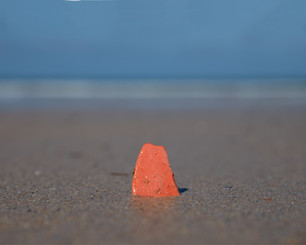


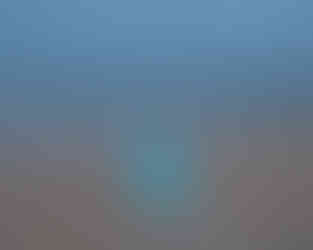

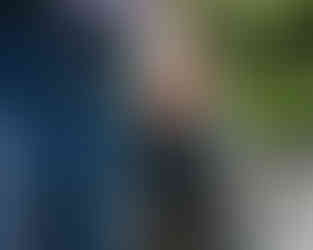

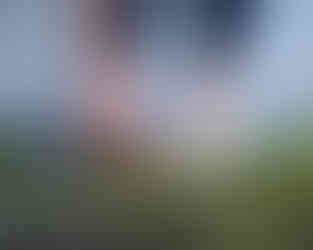



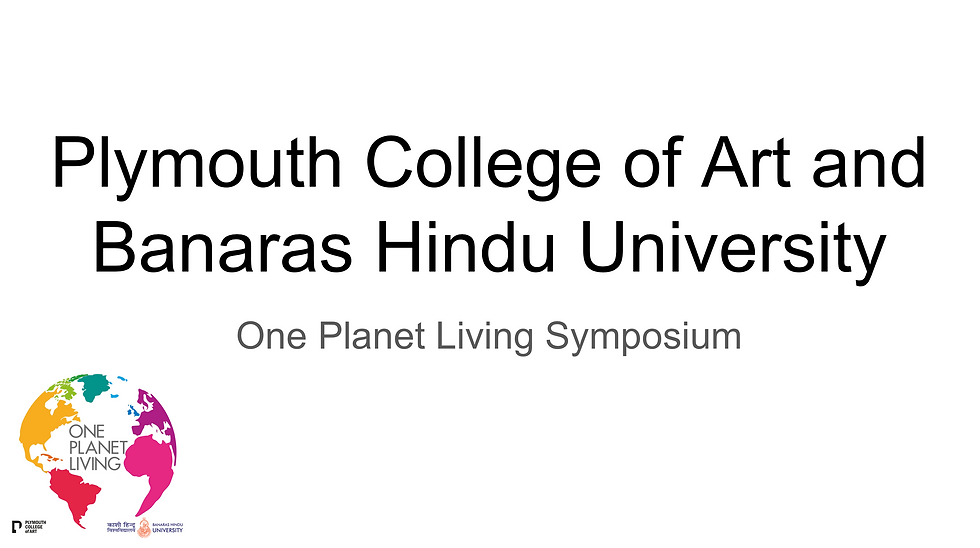
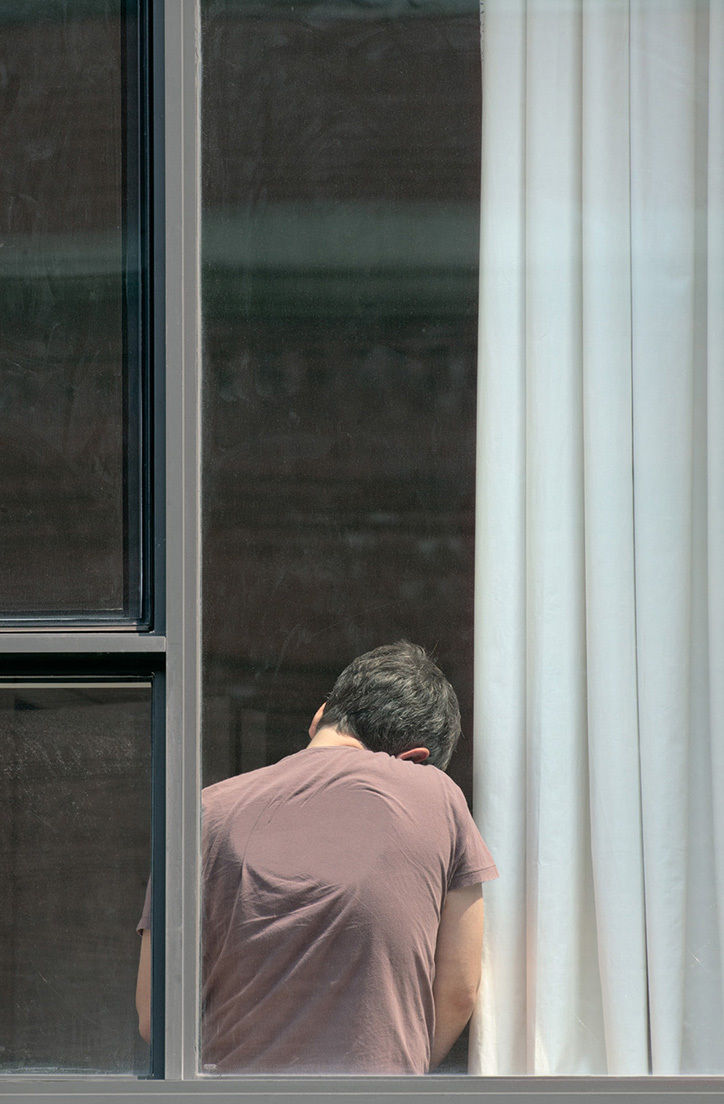
Σχόλια